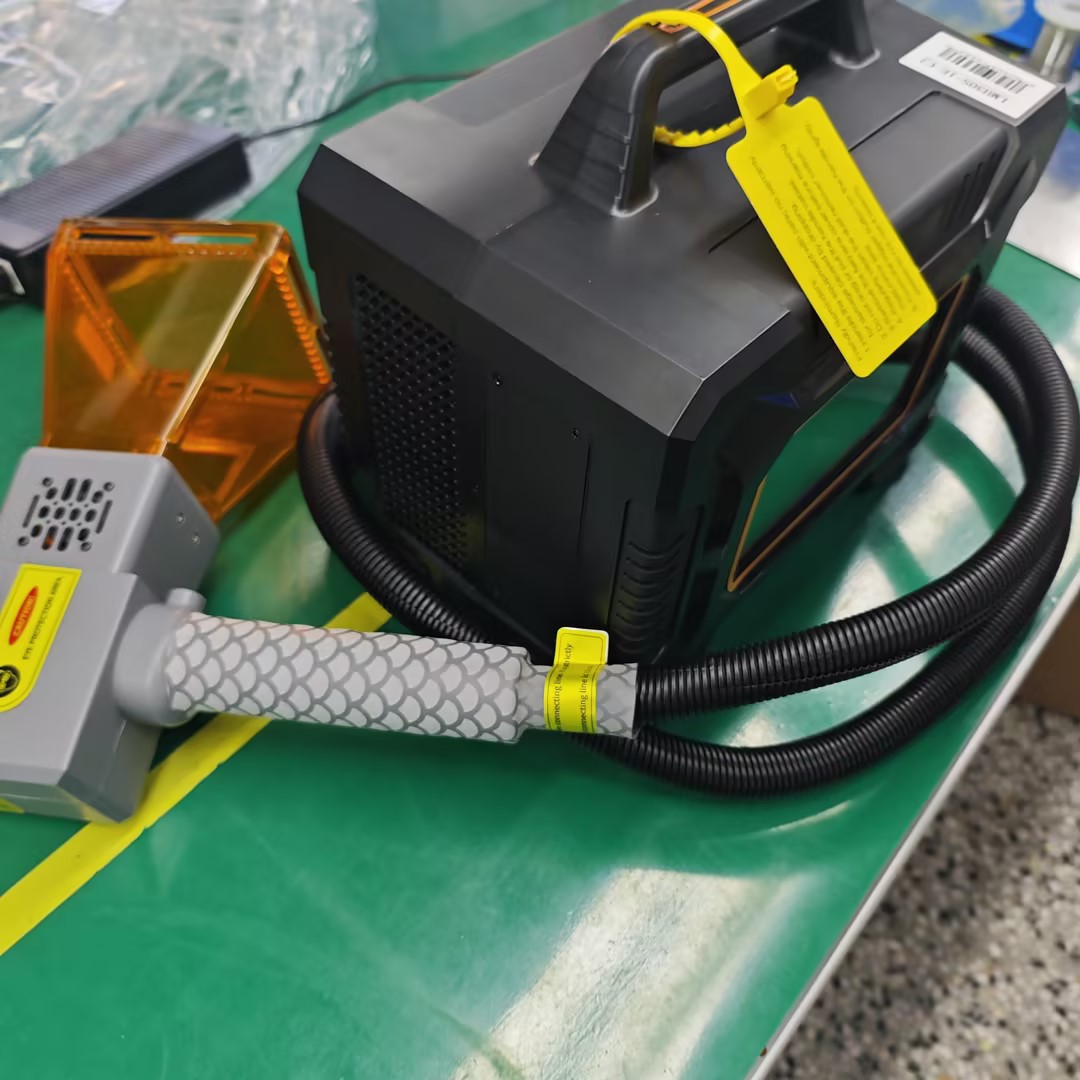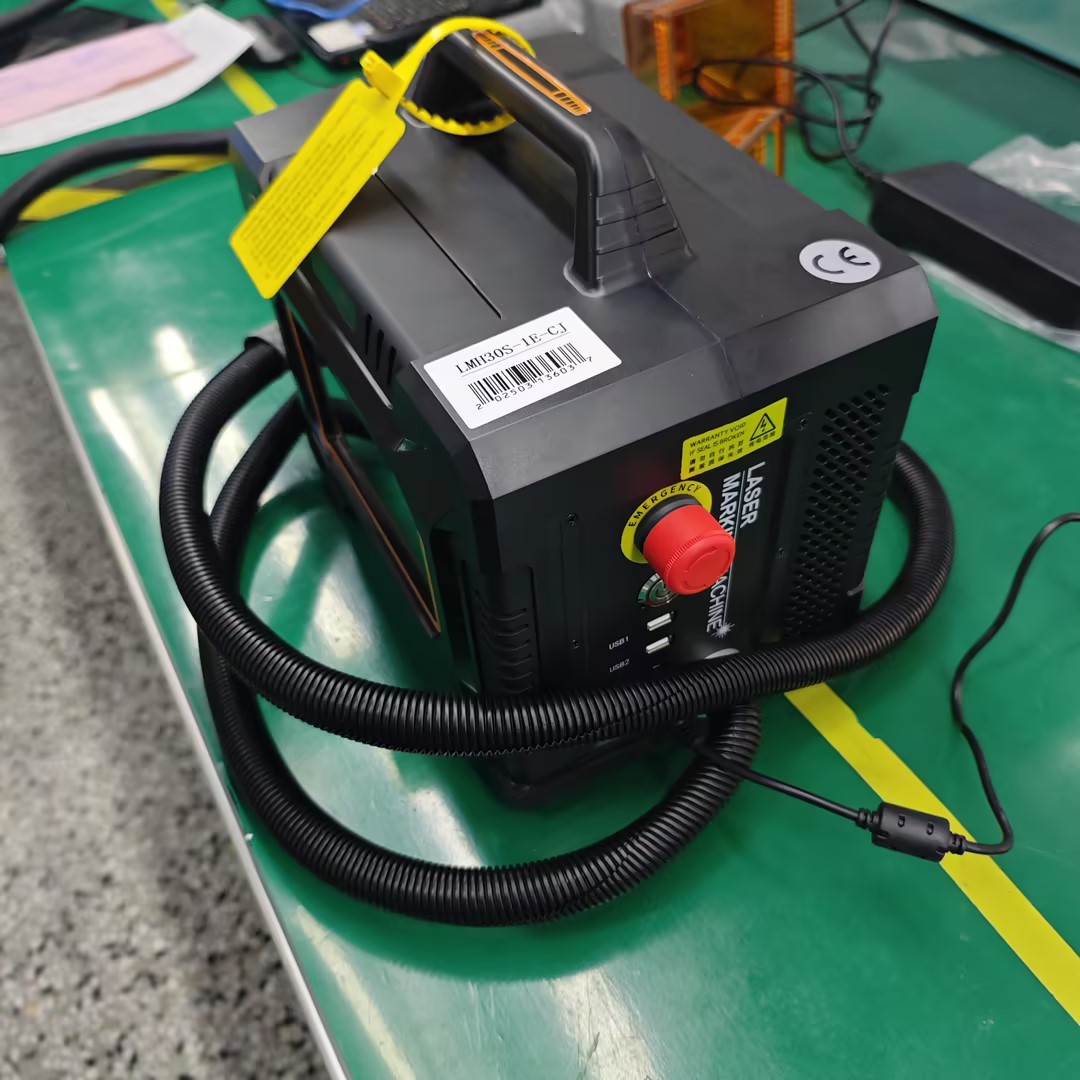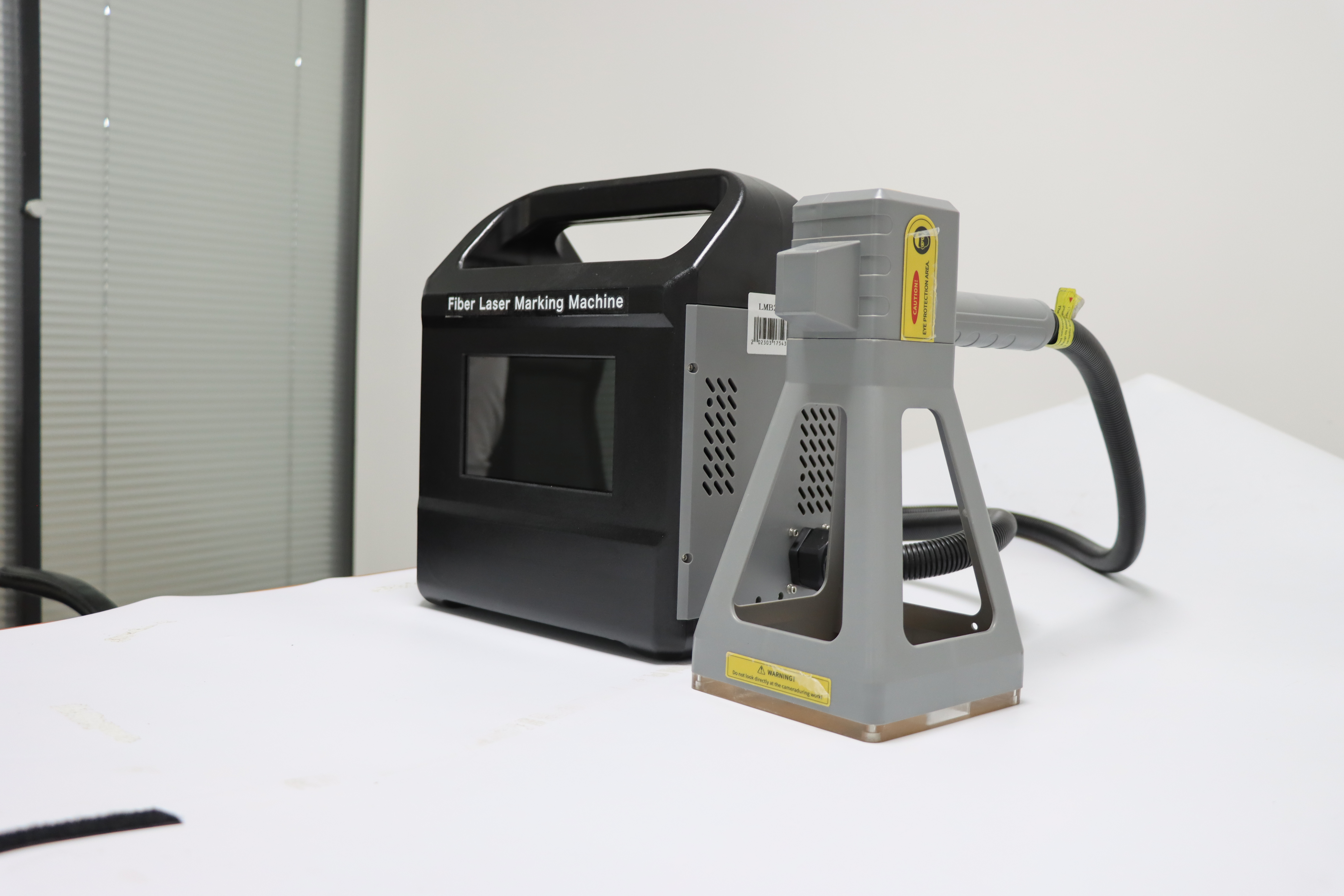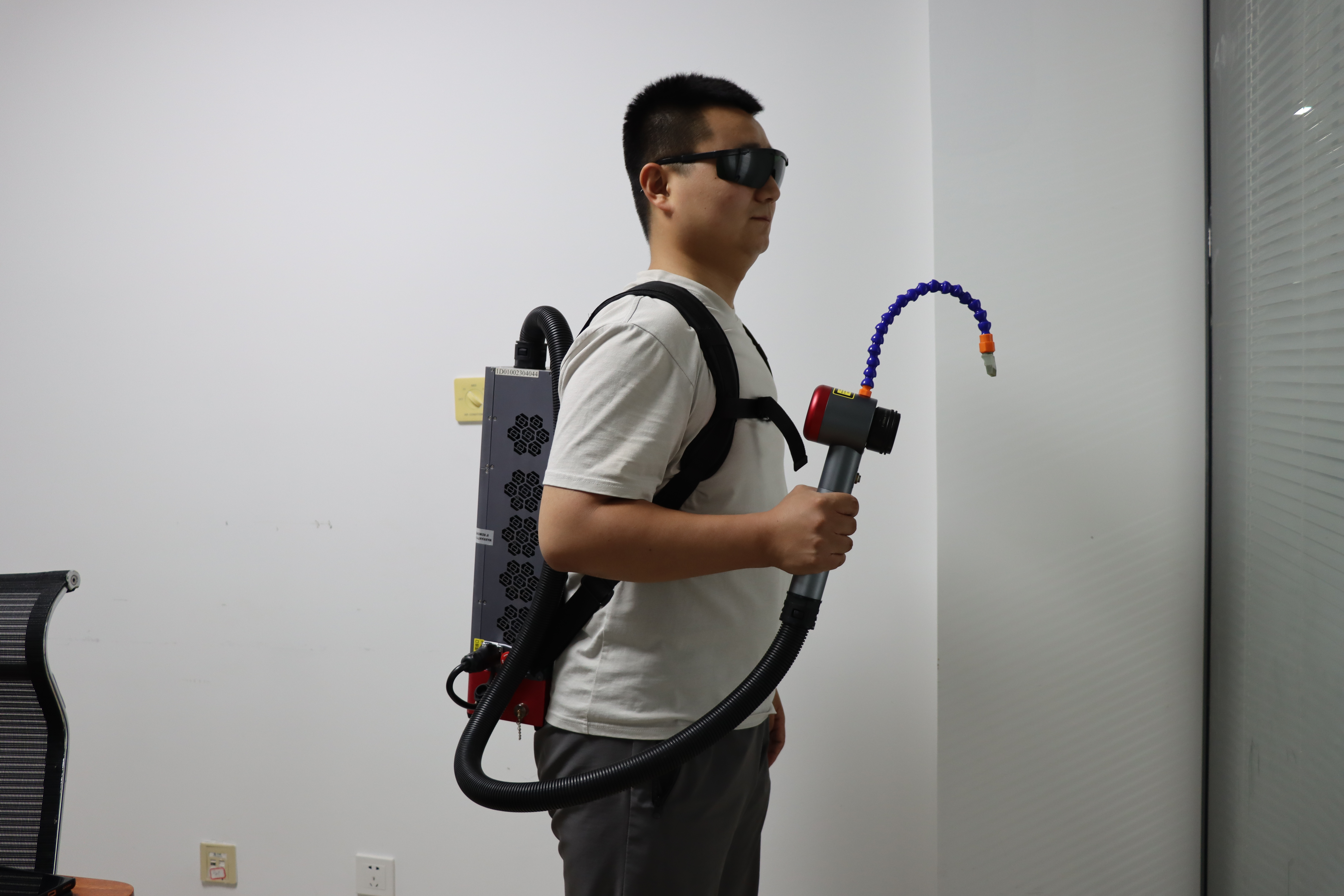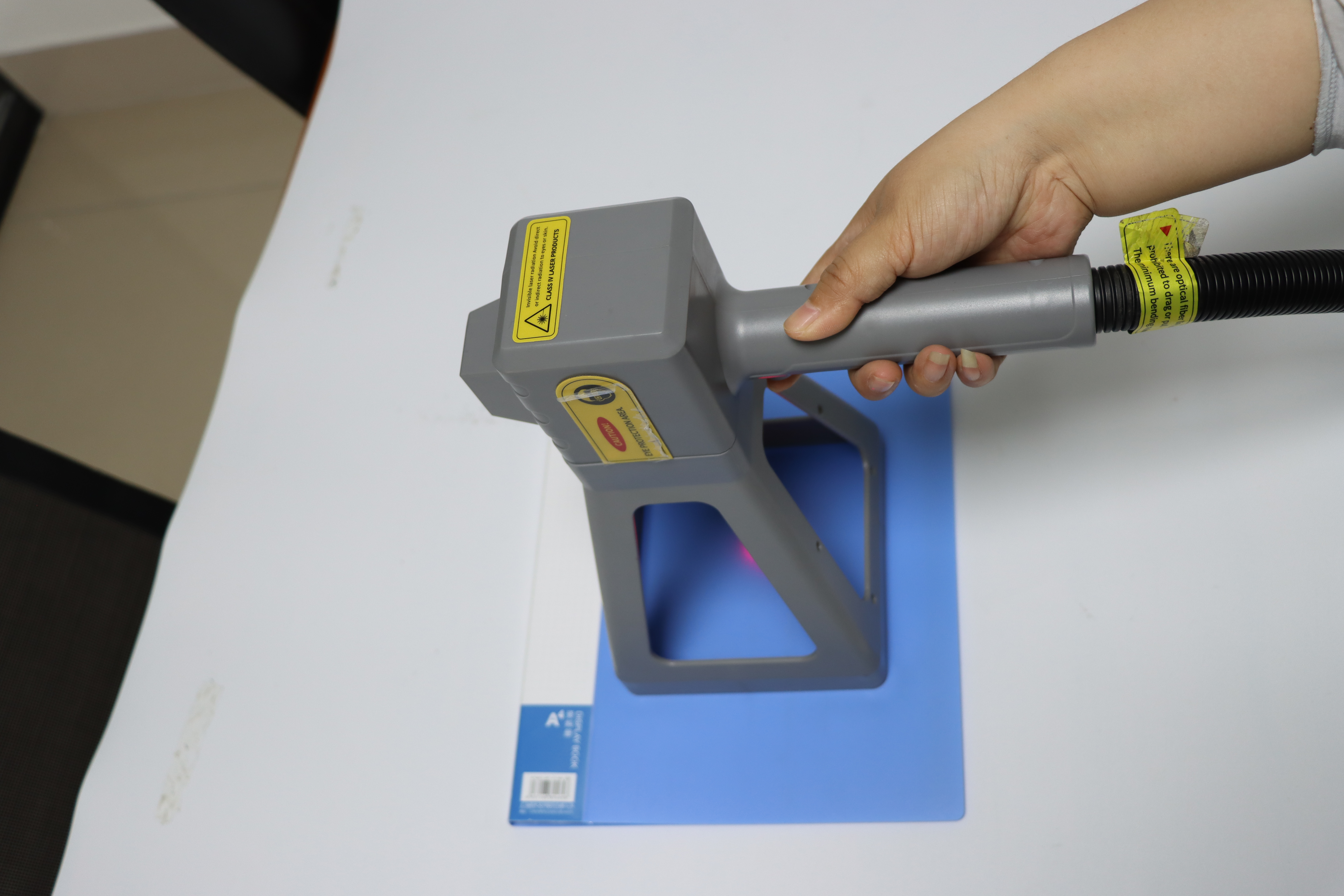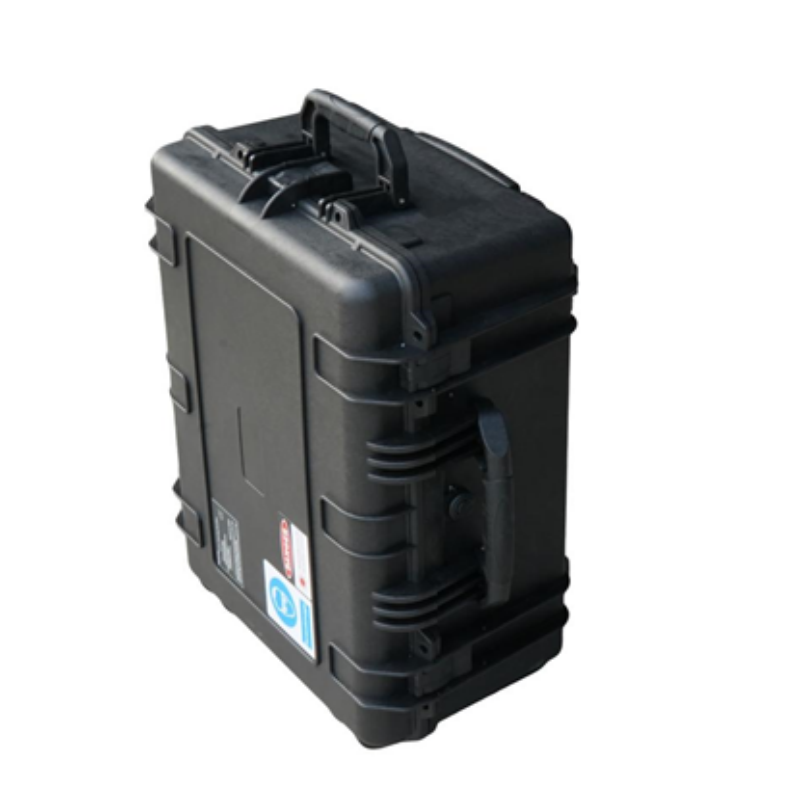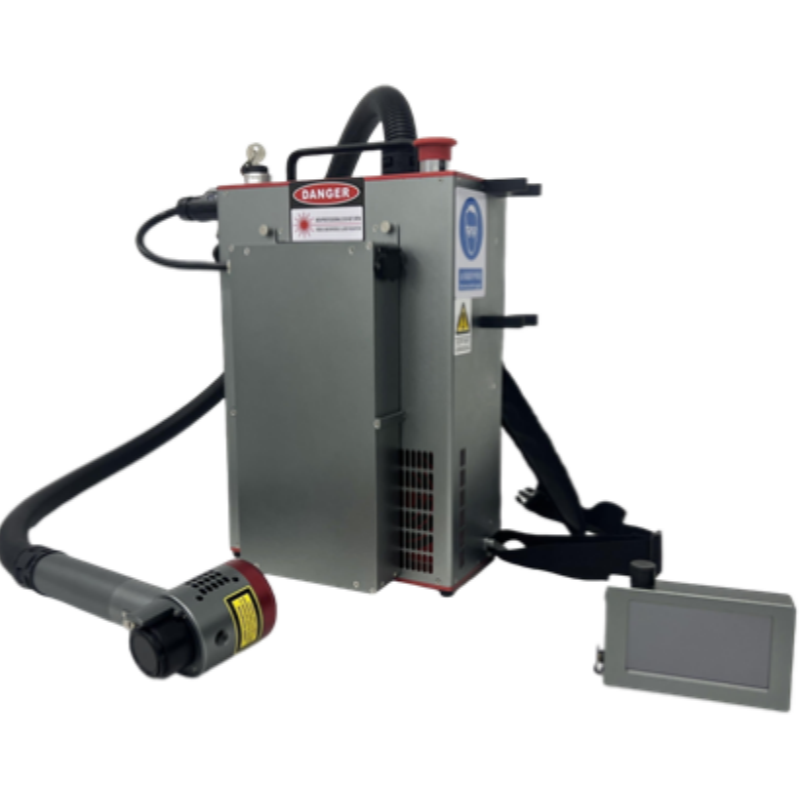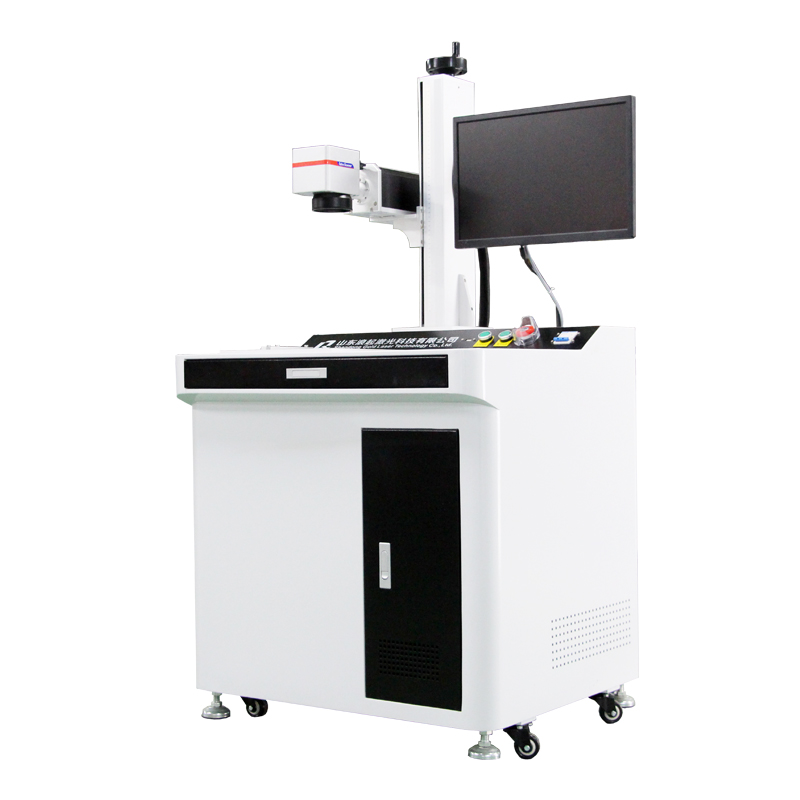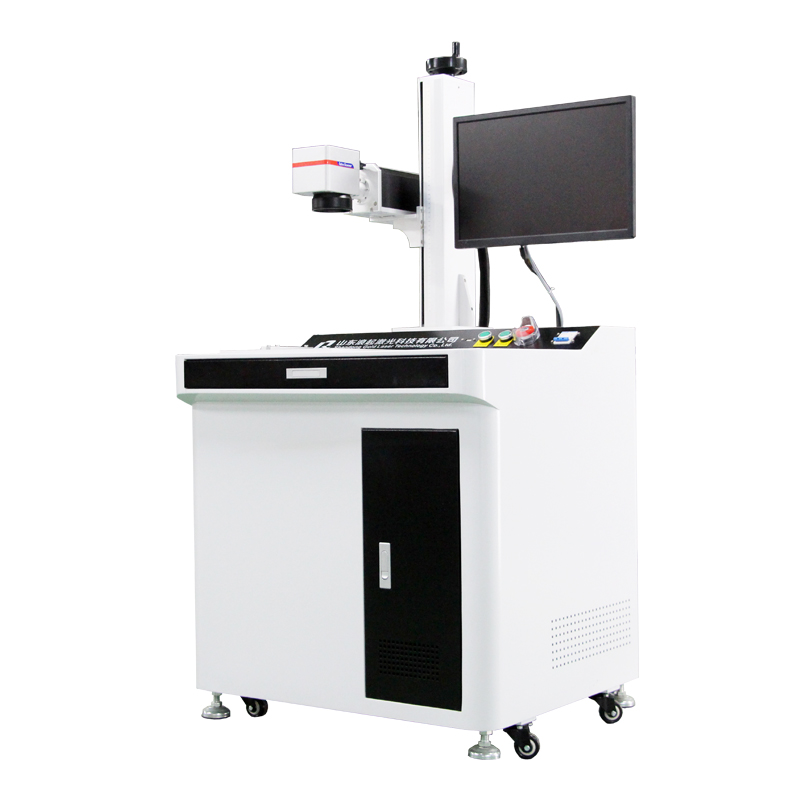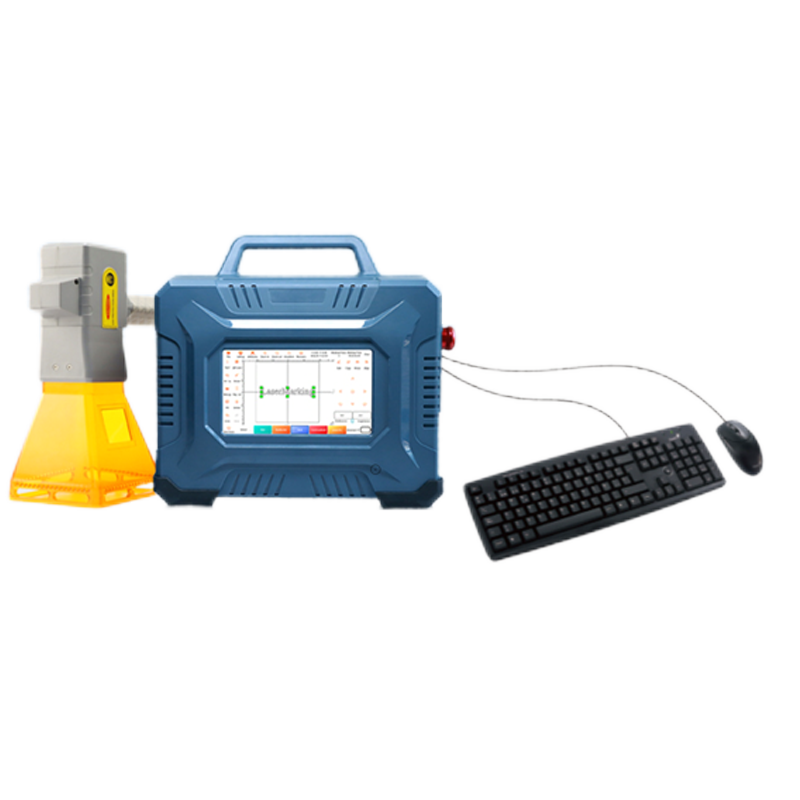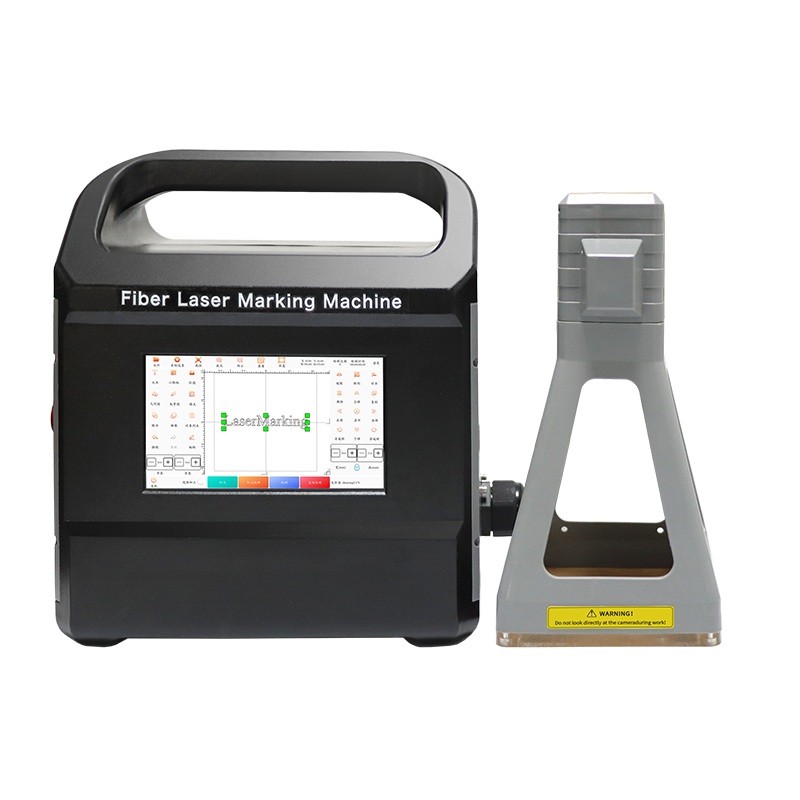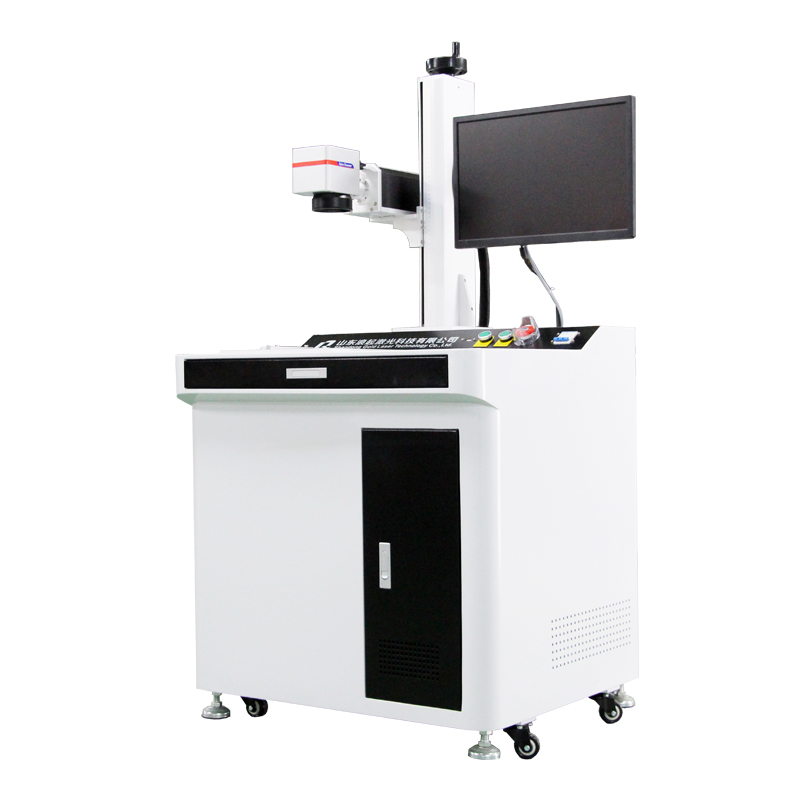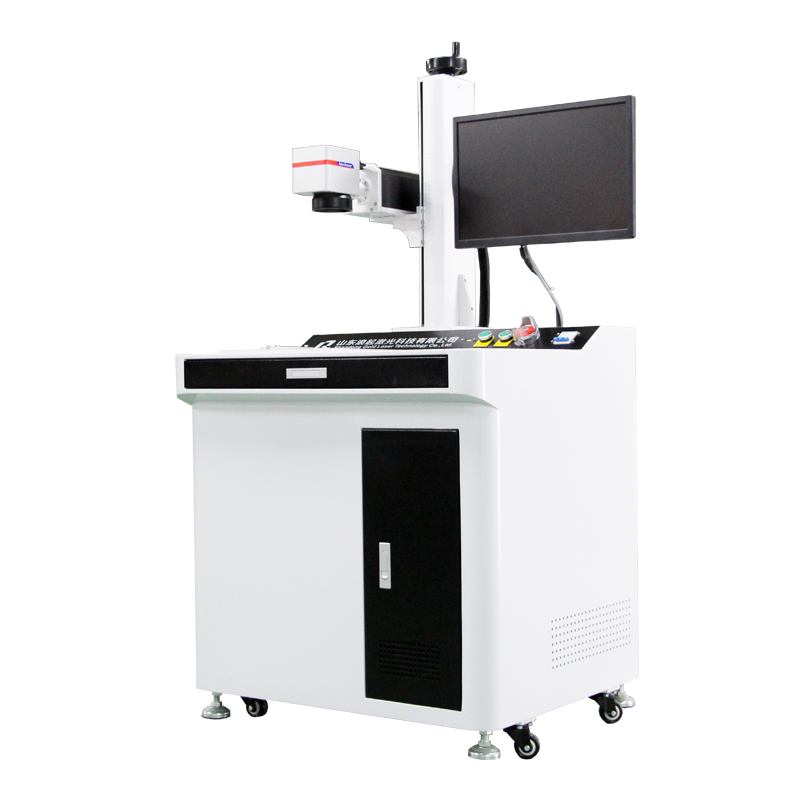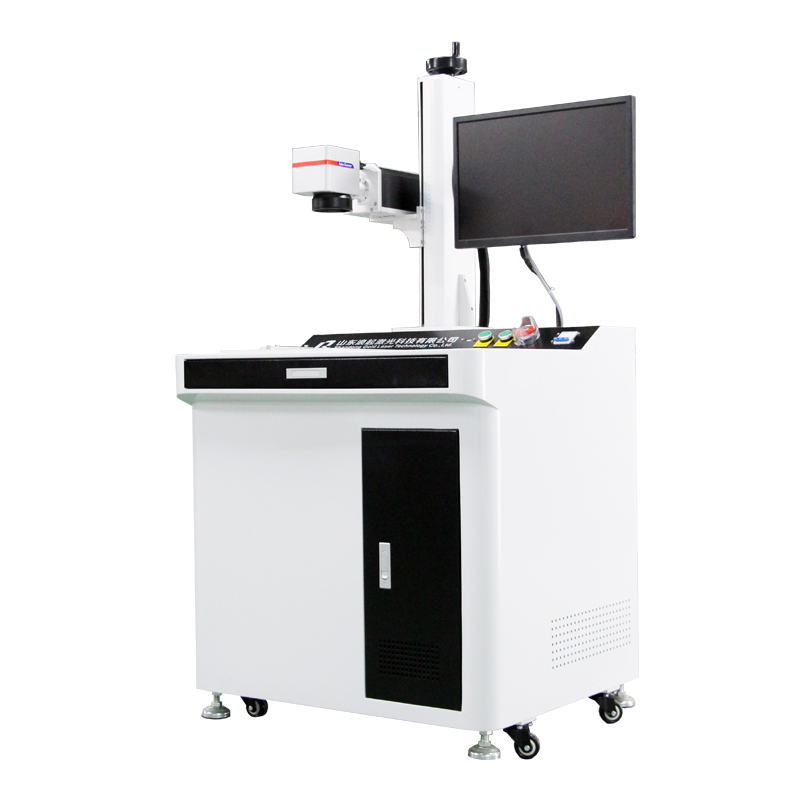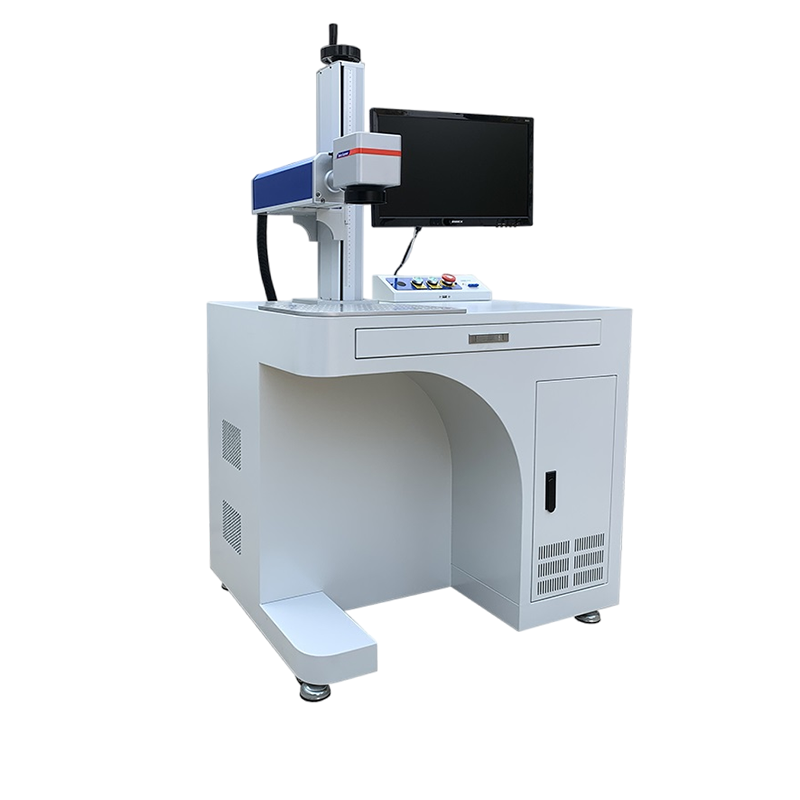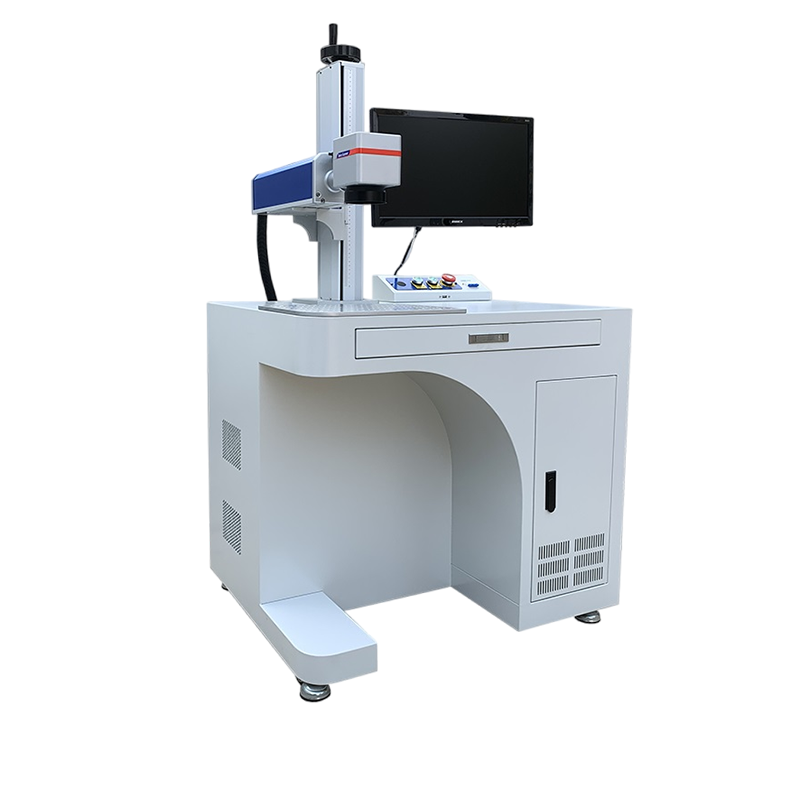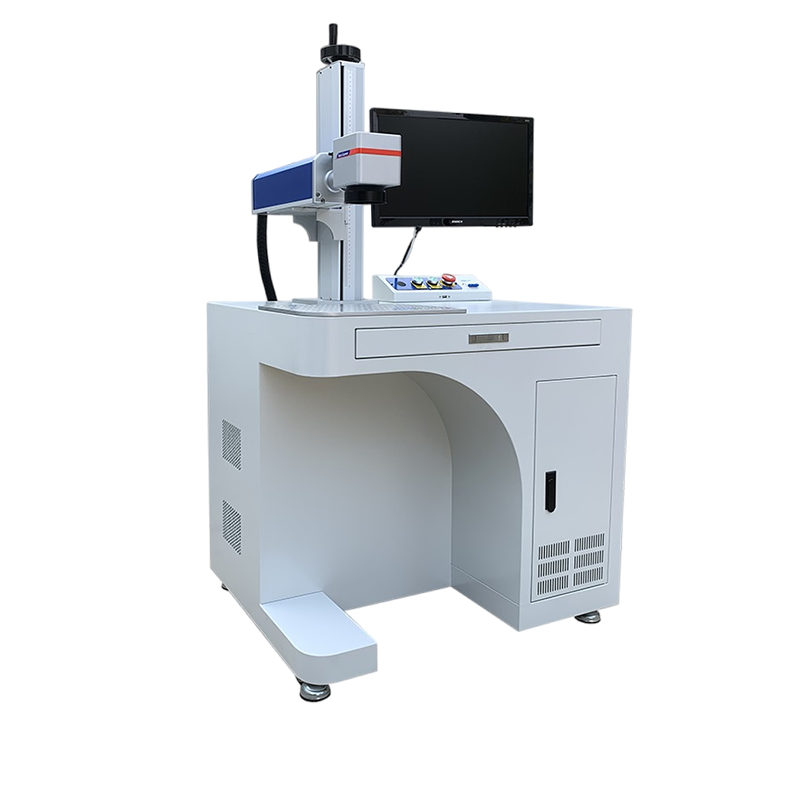A handheld fiber laser marking machine is a portable device used for engraving, etching, or marking various materials, particularly metals. It utilizes a fiber laser source (typically 20W-50W for handheld models) to create high-precision, permanent marks without physical contact.
Key Features for Metal Marking:
Laser Type:
Pulsed Fiber Laser (1064nm wavelength) – Ideal for metals like stainless steel, aluminum, titanium, brass, and hardened steels.
Average Power: 20W-50W (adjustable for different metal types).
Marking Effects on Metal:
Annealing Marks (dark/colored oxidation on stainless steel).
Deep Engraving (for serial numbers, barcodes, logos).
Ablation (removing coatings/paint from metal surfaces).
High-Contrast Etching (without damaging the material).
Advantages:
Portable & Lightweight (easy to maneuver compared to fixed machines).
No Consumables (unlike ink-based marking).
High Speed & Precision (fine details, QR codes, tiny text).
Durable Marks (resistant to heat, acids, and abrasion).
Common Applications:
Industrial Part Tracing (serial numbers, QR codes).
Aerospace & Automotive (component IDs, compliance marks).
Jewelry & Tools (logos, branding, anti-counterfeit marks).
Medical Devices (surgical tool markings).
How to Use a Handheld Fiber Laser Marker on Metal?
Prepare the Surface (clean from oil/dirt).
Adjust Settings (power, speed, frequency based on metal type).
Position the Handheld Unit (maintain consistent distance).
Start Marking (via touchscreen or connected software).

